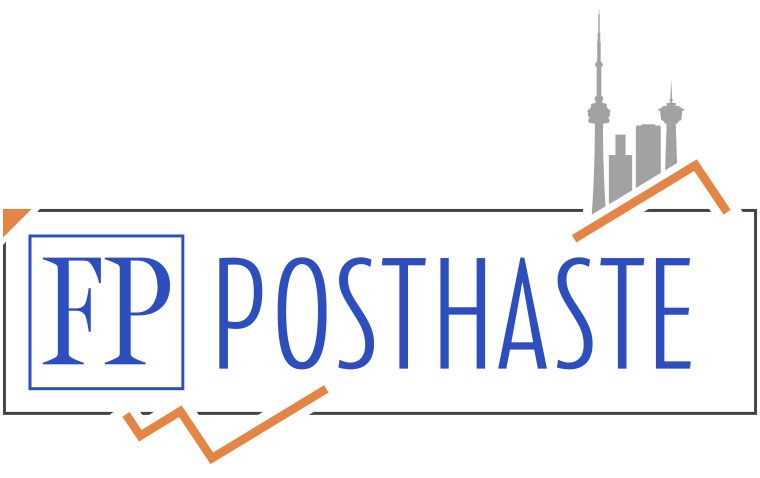Despite
Canadian retail sales
rising 0.8 per cent in March from February, a
Bank of Canada
rate cut
is back in play, says one Bay Street economist.
The increase in March was just shy of the estimate of 0.7 per cent, but was mostly due to a 4.8 per cent rise in
auto sales
, according to Statistics Canada data released on Friday.
The agency also estimated that
retail sales
for April will grow 0.5 per cent month over month.
“What was key was the woeful 0.7 per cent plunge in the ex-auto segment. That was the steepest slide since May of last year,” David Rosenberg, founder of Rosenberg Research & Associates Inc., said in a note.
That segment, which excludes automobiles, was pulled down by a 6.5 per cent plunge in gasoline sales as prices and volumes fell.
Excluding vehicle sales — which economists said rose due to buyers trying to get ahead of retaliatory auto tariffs — and gas sales, retail sales were up 0.2 per cent month over month.

“All of a sudden, the Bank of Canada is back in play,” Rosenberg said, referring to policymakers’ next interest rate announcement on June 4.
Markets reduced their bets on a Bank of Canada rate cut earlier this week after
core inflation
came in hotter than expected. Headline inflation slowed in April mainly due to a drop in gasoline prices after the consumer carbon tax was eliminated, but the central bank’s preferred measures of core inflation accelerated.
Currently, markets predict there is less than a 30 per cent chance the central bank will cut rates next month.
But Rosenberg said the retail data, along with other measures that came out this week, shows that “the hot (consumer price index) number — which was mostly due to food price increases — was actually more lukewarm than it seemed on the surface.”
The other measures he is referring to include retail price deflation, which fell 0.1 per cent month over month, and “deflated” producer price data in April.
Plummeting business and consumer sentiment had set the stage for retail sales to come in weaker, according to the most recent Bank of Canada surveys.
But many still believe the better-than-expected showing in March and the strength of the April estimate are due to pre-spending ahead of
tariffs taking their toll
.
“The strength in retail sales is likely the result of consumers bringing forward some of their purchases ahead of potentially higher prices due to the trade tensions,” Charles St-Arnaud, chief economist at credit union Alberta Central, said in a note.
He said retail sales per person adjusted for inflation grew 0.3 per cent in March, while core sales were flat.
St-Arnaud also said retail sales per person were weaker in provinces such as Ontario and British Columbia, where consumer debt and insolvencies are higher.
While spending appears to be holding up better than expected, he thinks that policymakers will see that as “temporary” and “
unlikely to change the Bank of Canada’s view of the economy ahead of the June meeting.”
Instead, St-Arnaud said they will be focused on the slowdown in the labour market and trying to manage inflationary and deflationary pressures.
“Whether the (Bank of Canada) cuts at the June meeting remains a close call, but a cut seems slightly more likely,” he said.
• Email: gmvsuhanic@postmedia.com
Bookmark our website and support our journalism: Don’t miss the business news you need to know — add financialpost.com to your bookmarks and sign up for our newsletters here.
Retail sales put a June Bank of Canada rate cut back on the table
2025-05-23 17:04:21




